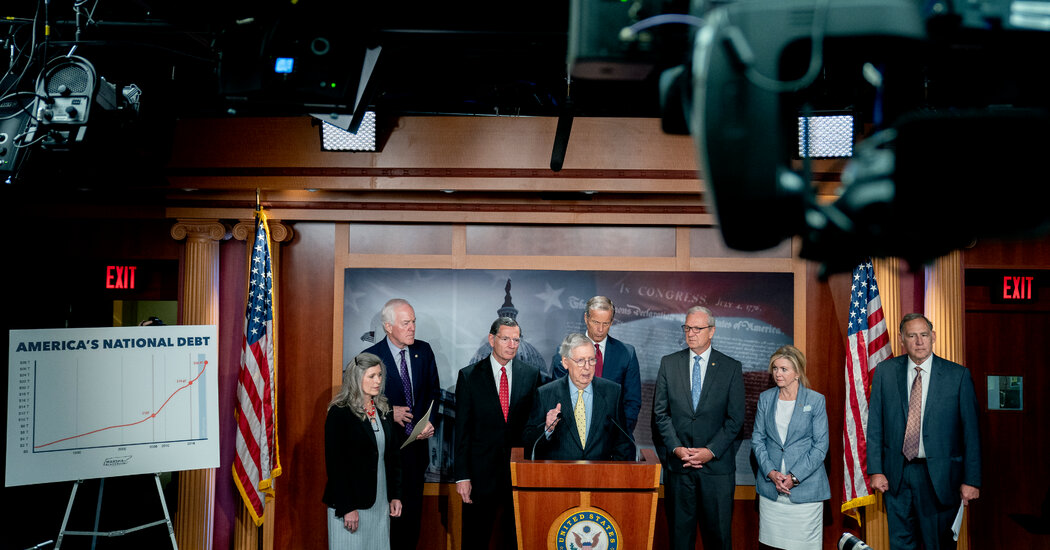MARKETING NEWS
As Infrastructure Bill Nears Key Vote, Deficit Takes Back Seat
Mr. McConnell has threatened to withhold all Republican votes from a debt ceiling increase, a stance that Mr. Hollen called “part of a pattern of hypocrisy.” Republicans repeatedly raised the debt ceiling during the Trump years, even after their tax cut. But they have provoked a series of crises when a Democrat is in the White House.Even some conservatives say Republican inconsistency is undermining the party’s case for fiscal rectitude.“Republicans would have much more credibility on the debt ceiling argument if they weren’t about to vote to add hundreds of billions of dollars to the deficit” on the infrastructure bill, said Brian Riedl, a senior fellow at the conservative Manhattan Institute and a former economic aide to Mr. Portman.Democrats have a decision to make in the next few days. They could add an increase in the debt ceiling to their upcoming budget resolution, ensuring that the borrowing limit could be raised without the need for any Republican votes this fall. But that option would come with political costs: to do it, Senate rules require that the provision includes a hard number for the debt ceiling increase, like $10 trillion, which Republicans would say, inaccurately, is the true cost of the social policy bill.That is very much what Republicans want.“I think the majority has to solve this — they control the House and the Senate and the White House,” Senator Roy Blunt of Missouri, a member of Republican leadership, told reporters this week.If the debt ceiling is instead raised through a separate measure, the bill could simply set a date for the next debt ceiling increase, without a dollar number. But that would take Republican votes in the Senate to break a filibuster, votes Mr. McConnell has said he will not supply.Republicans have argued that debt ceiling showdowns have long been used to force a reluctant Congress to examine the structural issues that drive up debt. The debt ceiling crisis of 2011 forced both parties to accept the Budget Control Act, which reined in spending for nearly a decade, until it lapsed under Mr. Trump.
Source link













